Rising Security Concerns
The increasing prevalence of crime and security threats has led to a heightened demand for surveillance solutions, particularly in the CCTV Camera Market. As urbanization accelerates, cities are witnessing a surge in criminal activities, prompting both public and private sectors to invest in advanced security systems. According to recent data, the global market for CCTV cameras is projected to reach USD 30 billion by 2026, reflecting a compound annual growth rate of approximately 10%. This trend indicates that stakeholders are prioritizing safety and security, thereby driving the growth of the CCTV Camera Market. Furthermore, the integration of high-definition cameras and smart technologies enhances the effectiveness of surveillance systems, making them more appealing to consumers.
Technological Advancements
Technological innovations play a pivotal role in shaping the CCTV Camera Market. The advent of high-definition video recording, night vision capabilities, and remote monitoring features has revolutionized the way surveillance systems operate. These advancements not only improve image quality but also enhance user experience, making CCTV cameras more accessible and efficient. The introduction of smart cameras equipped with artificial intelligence and machine learning algorithms allows for real-time analytics and threat detection, further propelling market growth. As of 2025, it is estimated that over 60% of new installations in the CCTV Camera Market will incorporate these advanced technologies, indicating a shift towards more sophisticated surveillance solutions.
Integration with Smart Home Systems
The integration of CCTV cameras with smart home systems is emerging as a key driver in the CCTV Camera Market. As consumers increasingly adopt smart home technologies, the demand for interconnected security solutions is on the rise. CCTV cameras that can be integrated with home automation systems allow users to monitor their properties remotely and receive real-time alerts on suspicious activities. This trend is supported by the growing consumer preference for convenience and enhanced security features. By 2026, it is anticipated that nearly 40% of CCTV camera sales will be attributed to smart home integrations, highlighting the shift towards more user-friendly and technologically advanced surveillance solutions.
Government Initiatives and Regulations
Government initiatives aimed at enhancing public safety and security are significantly influencing the CCTV Camera Market. Various countries are implementing policies that encourage the installation of surveillance systems in public spaces, such as streets, parks, and transportation hubs. These initiatives are often accompanied by funding and incentives for local authorities to adopt advanced surveillance technologies. For instance, in several regions, government budgets allocated for public safety have increased, leading to a rise in CCTV camera installations. This trend is expected to contribute to a market growth rate of approximately 8% annually in the coming years, as municipalities prioritize the safety of their citizens through enhanced surveillance measures.
Growing Demand in Retail and Commercial Sectors
The retail and commercial sectors are increasingly recognizing the value of CCTV systems in loss prevention and operational efficiency, thereby driving the CCTV Camera Market. Retailers are investing in surveillance solutions to deter theft, monitor customer behavior, and enhance overall security. Recent studies indicate that businesses that implement CCTV systems experience a reduction in theft by up to 30%. Additionally, the ability to analyze footage for operational insights is becoming a crucial factor for retailers. As a result, the demand for CCTV cameras in these sectors is projected to grow at a rate of 9% annually, reflecting the importance of surveillance in maintaining security and improving business operations.
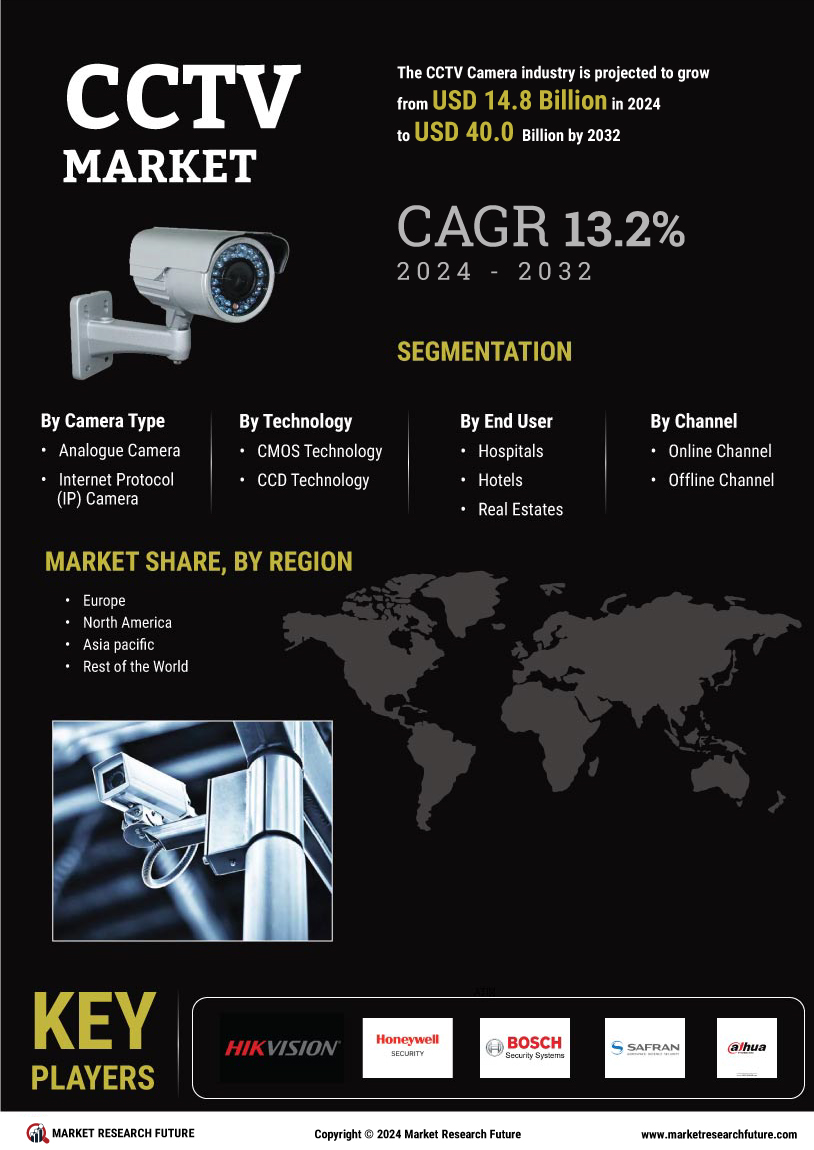
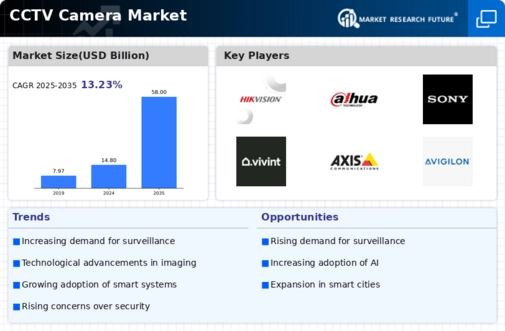
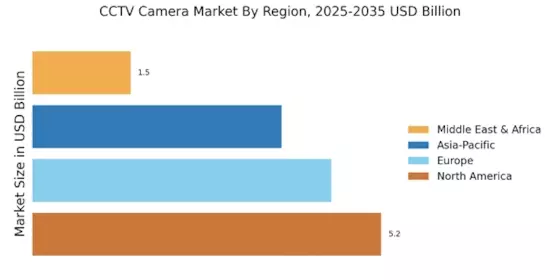
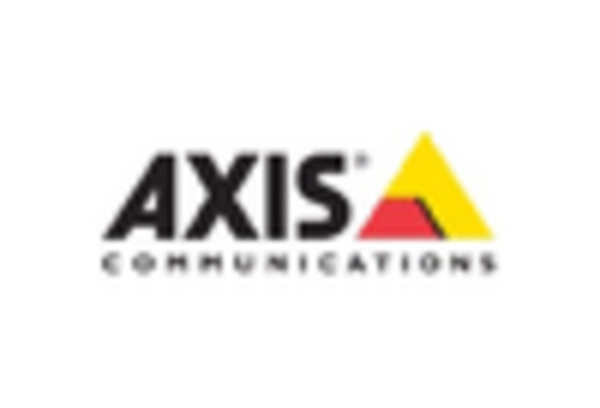

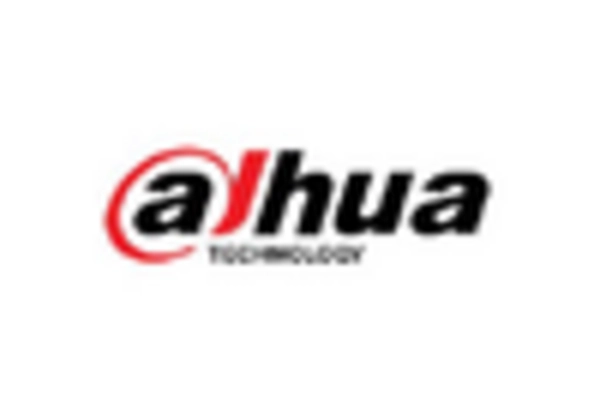


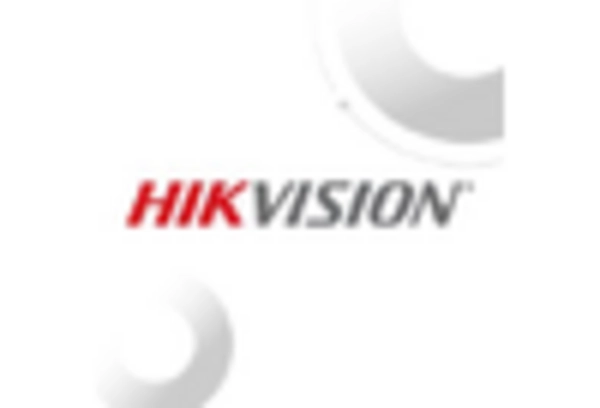








Leave a Comment